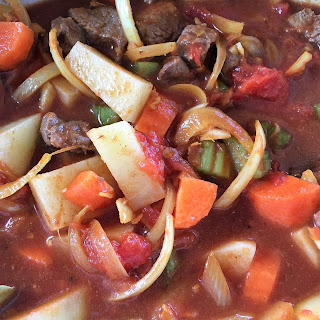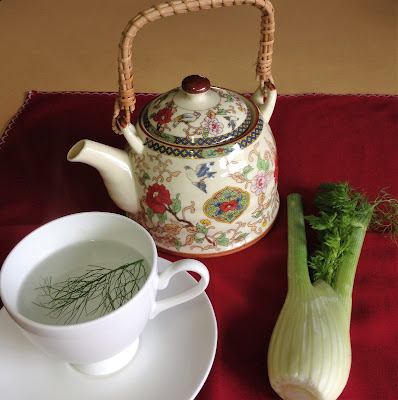Sadly, this was not the case in the 1840’s when the great famine swept through Ireland. Prior to this time, potatoes were the staple diet for the Irish (particularly in the poorer communities) until a disease “Potato Blight” ravaged potato crops throughout the island. Starvation, hunger and sickness, led to death and emigration of more than a quarter of Ireland’s population. There was not one potato to be eaten. Many were caught stealing to survive the deprivation, then incarcerated and deported to Australia to serve out their punishment... thus Australian convict history further unfolds.
 |
| Tuna Stuffed Baked Potato |
One of my favourite, easy to prepare nutritious snacks is a “Stuffed Baked Potato”.
Any sort of filling can be used depending on your taste, but I love to use tuna in olive oil for its vital sources of omega 3, (essential for Rheumatoid Arthritis) along with fresh herbs from my garden.
My recipe as follows:
Wash, dry and fork 4 large potatoes, place and bake in fan forced oven
@ 200 degrees for approximately 1 hour
Have ready:
2 cans 95g tuna in olive oil (drained)
Finely diced and lightly fried cup of fennel bulb
Finely chopped fresh garlic chives
Finely chopped fresh mint
Finely chopped fresh parsley
1 cup grated tasty cheese
200g natural Greek yoghurt
Pinch of ground paprika
Salt and pepper
 |
| Tuna Mixture |
Add and mix in the rest of the ingredients, then spoon mixture into the scooped out potato jackets.
Place stuffed potatoes in oven for a further 10 minutes to heat through.
Serve immediately – always nice with a green salad.





